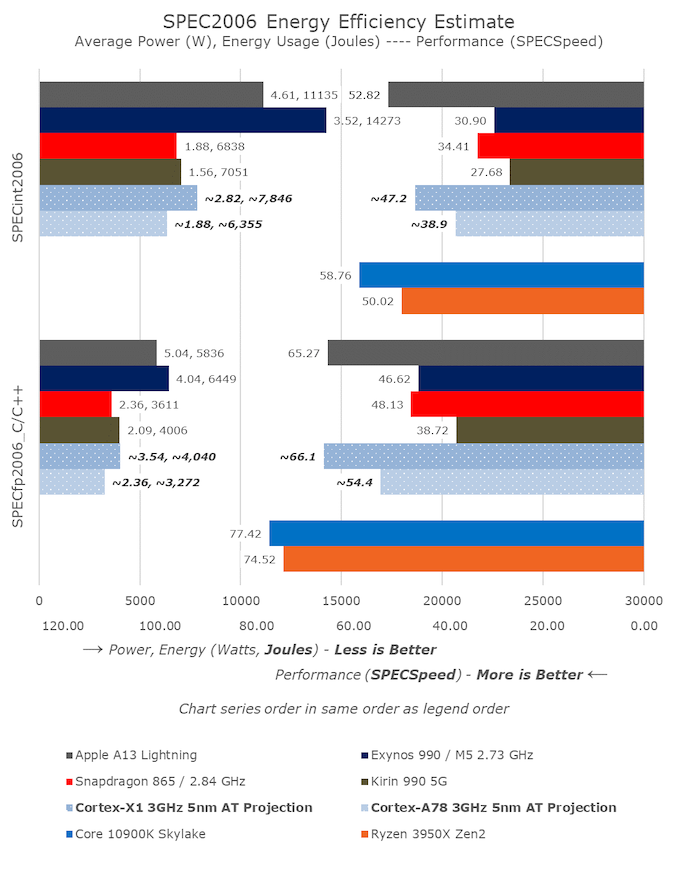What makes you believe that Small cores, are completely unused in Geekbench on iOS, and are not yielding performance?
Wouldn't that 25% of performance lack compared to iOS come from the small cores?
I will answer, yes they were used for performance improvement of large cores, both in ST, and in Multicore. That was the whole point of Apple touting the benefits of small cores I think in A10 chips and so forth.
Everybody jumped to conclusion that it must be because of the emulation. Based only on armchair rough estimates based on the scores, themselves, without putting the TECHNOLOGY behind it in the context.
As I have said many times. Rosetta 2 is way more efficient in yielding performance, than you guys believe, based on the performance of Shadow of the Tomb Raider's performance, that Apple demoed on this very development kit with A12Z.
So let me put it to your minds this thought. What if the reality is different than your beliefs are, and those scores are actually legit, but only showing Big core performance, and IPC, excluding the performance of smaller cores, which may actually have yielded pretty decent performance boost, on iOS? Both ST, and Multicore. Apple touted many, many times that the benefit of their implementation of big.LITTLE arch is that those cores can work simlutaneously.
In the benchmarks on MacOS Big Sur - the small cores are not working.
Be it architecture, or... the fact that it is different platform, than iOS?
If all of this is correct, then everything falls into place.
P.S. If any of you would stop, how can I put this... love Apple design teams, for a second you would yourselves see that there might be different perspective for those benchmarks.
But jumping to conclusions that it must be rosettas fault, and that no way in hell it may be more than 80% of performance efficiency, is way to premature, considering what Apple wants to achieve. If they want to migrate their whole platform, they have to offer at least 90% of performance in Rosettas compiler.




